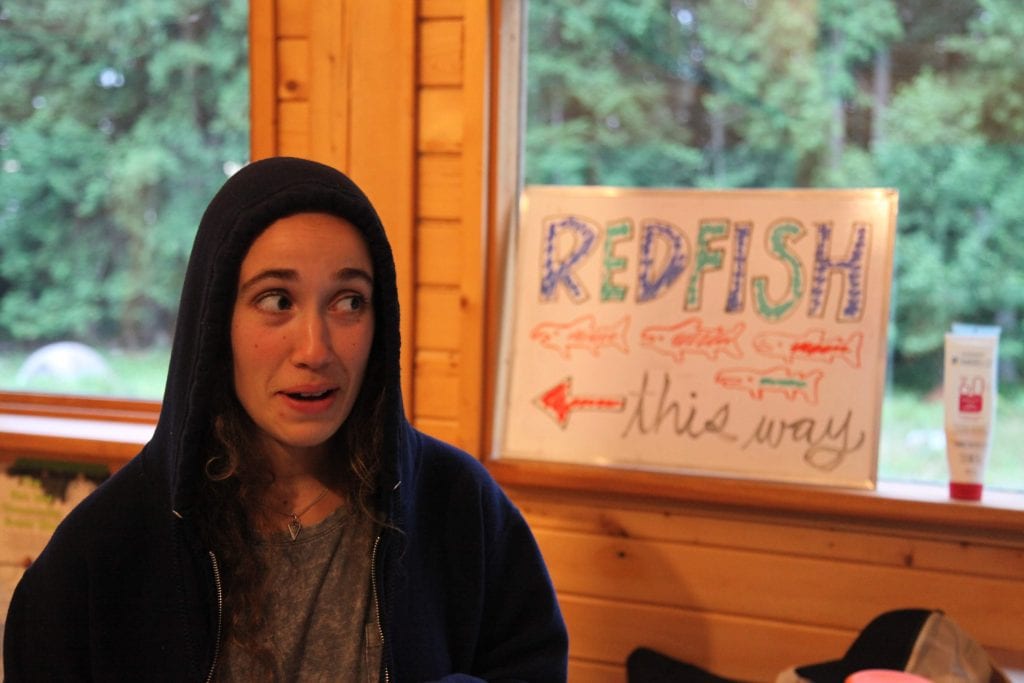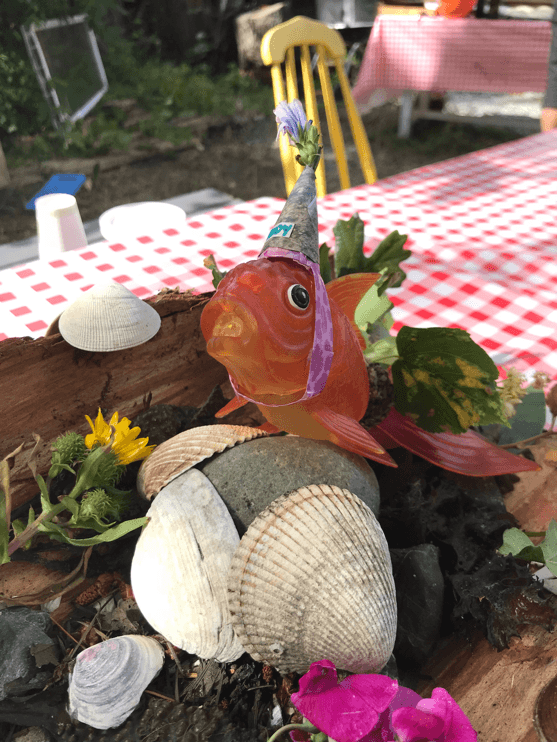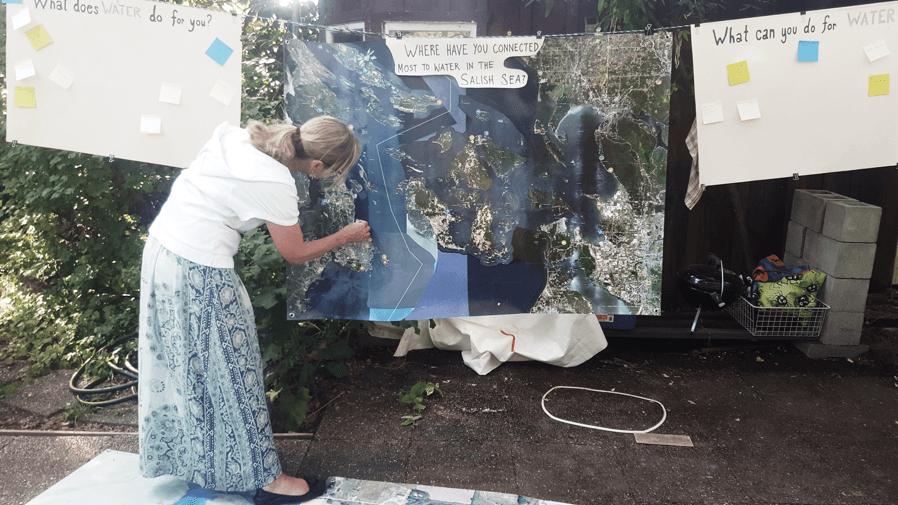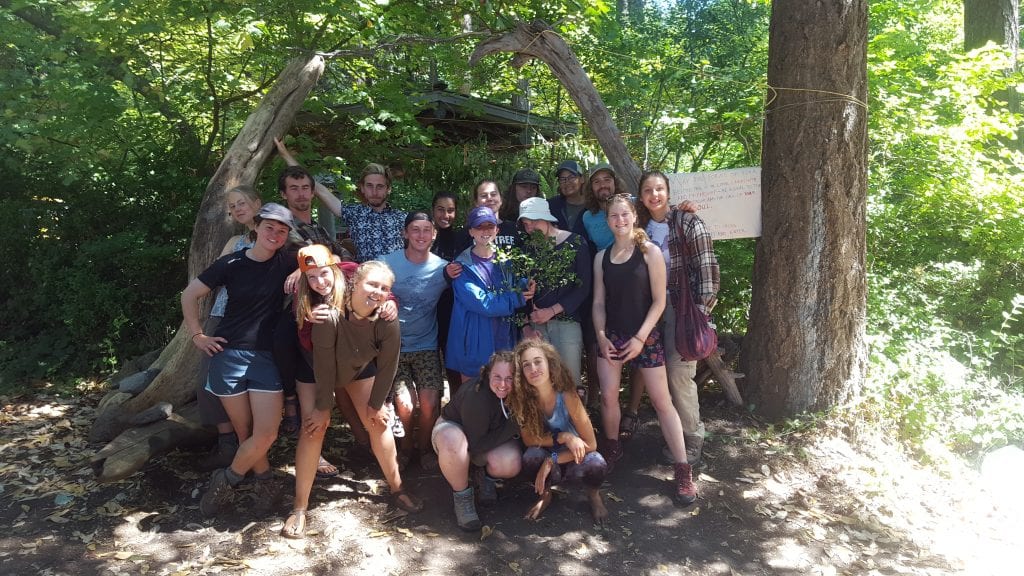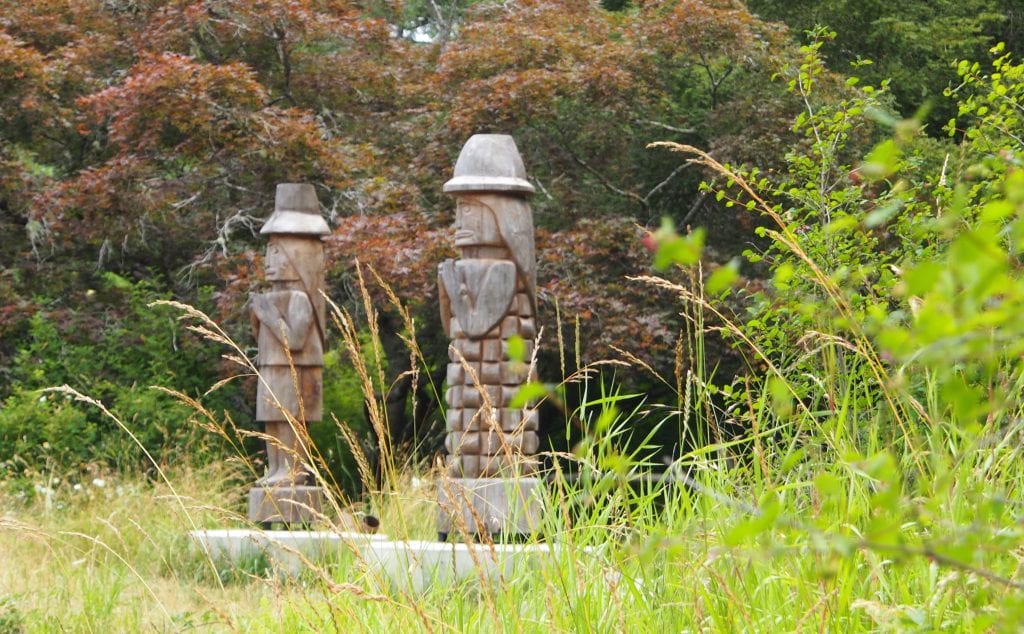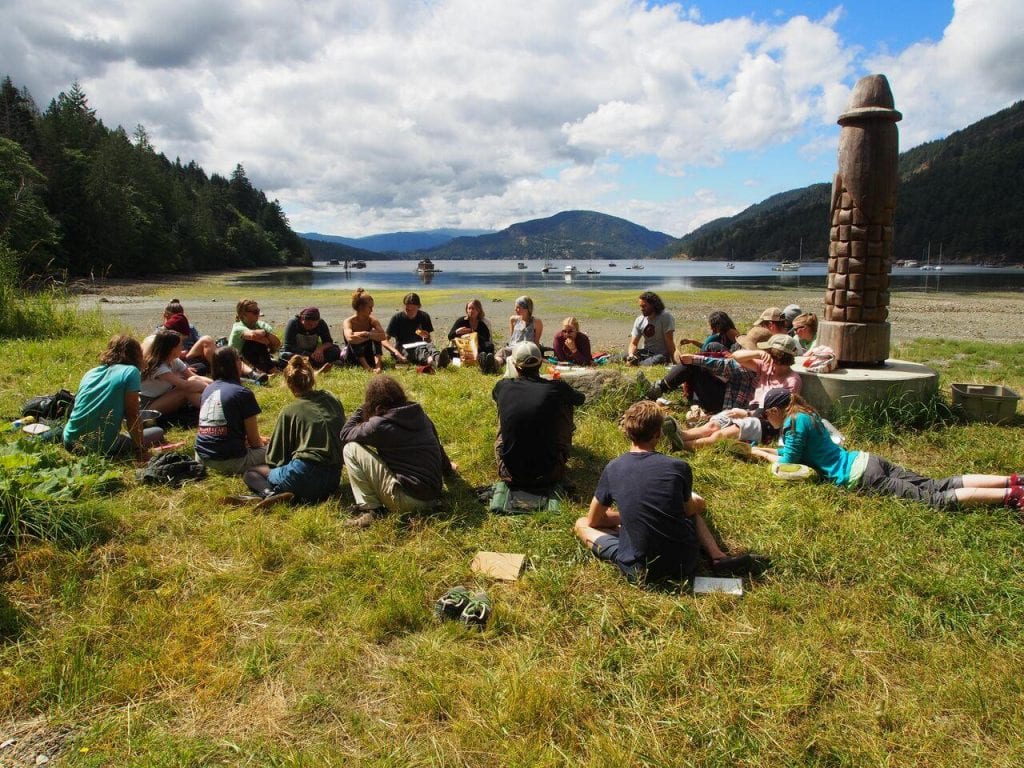by Dana Cook
One July evening, all the men of redfish wore dresses.
This was not done as a joke. It was a lovely thing to do on a summer’s evening. It was a celebration of two birthdays and a culmination of events. It was a celebration of not only inclusivity but femininity. A new way to try out being in the world.
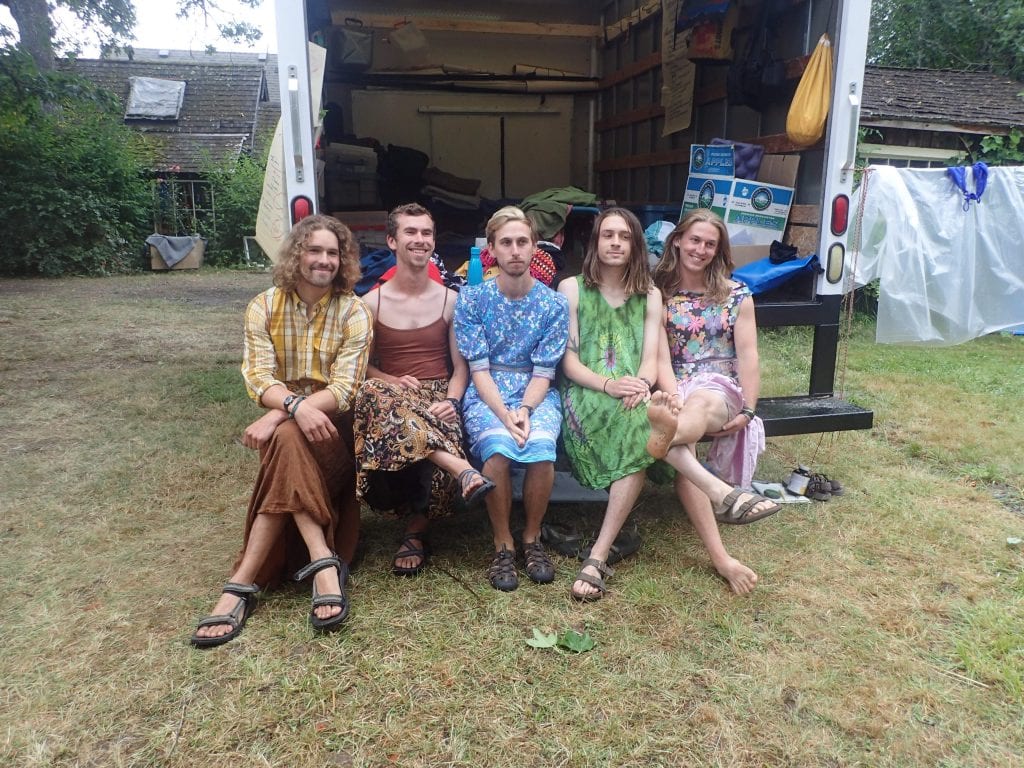
If you were there that evening, what you would have seen was simple: Jaime in vintage floral; Bryce in knee length tie-die; Joe in a short, striped number; Alexei in a brown velvet skirt; Chris in a paisley skirt, and Riley resembling a mermaid. In short, men in dresses.
From childhood, boys are raised to be men. When masculinity means to always be strong and in control, there is little room for feeling and expressing vulnerable emotion. In Chimamanda Ngozi Adichie’s Ted Talk We Should All be Feminists, she speaks to the harm of gender roles in our society. How in order to build a more equitable world, we must look at the way gender is constructed in both men and women.
“We do a great disservice to boys in how we raise them. We stifle the humanity of boys. We define masculinity in a very narrow way. Masculinity is a hard, small cage, and we put boys inside this cage. We teach boys to be afraid of fear, of weakness, of vulnerability.” (pg 26, Adichie)
Rebecca Solnit expands on this in her 2017 essay A Short History of Silence. In it, she unpacks how boys and men are socialized to deaden aspects of their inner life. This has ramifications that reverberate throughout a man’s life. Toxic masculinity is one result with impacts felt on a personal and global level.

Being a cis-gendered female, I cannot say how the men of Redfish felt. I can only say that that evening changed something for me. It made femininity in men more visible, more desirable, more possible. Imagine if we lived in a society where that which we define as feminine was supported in boys and men. Where men were encouraged to cry, to be tender, to talk about and express their innermost hopes and fears. To wear floral dresses with reckless abandon. I know I would feel safer in that world.
I watched throughout the program as the men of redfish made themselves vulnerable and expressed uncomfortable emotions. I hope we made space for them to do so. I hope they continue to do so.
The night ended for me sitting on the grass, watching Jaime and Alexei perform a duet of “Somewhere Over the Rainbow”. I thought of how beautiful they were adorned in women’s clothing. How wonderful it would be if two cis-gendered heterosexual men toured the country in floral dresses, playing tender songs and moving our hearts towards what is possible.
References:
Adichie, Chimamanda Ngozi. 2014. We Should All Be Feminists. Harper Collins UK. http://www.harpercollins.co.uk/9780008115272/we-should-all-be-feminists. (Also featured in the Beyoncé song ***Flawless)
Solnit, Rebecca. 2017. “A Short History of Silence.” In The Mother of All Questions, 176. Haymarket Books.




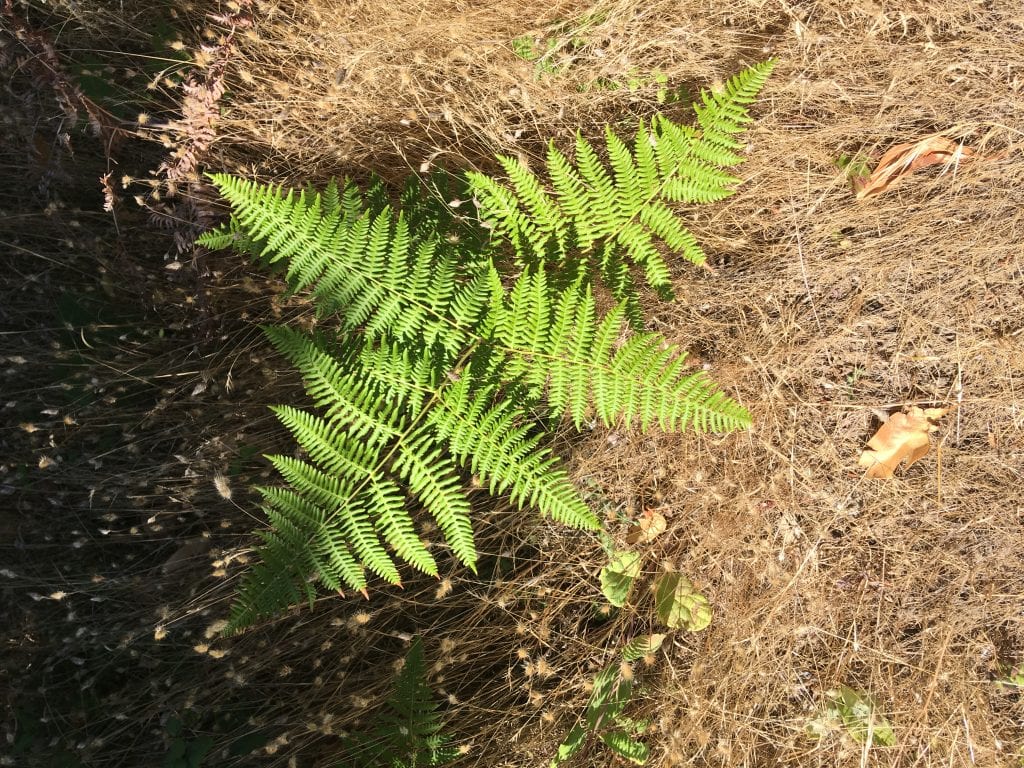



 **
** 

